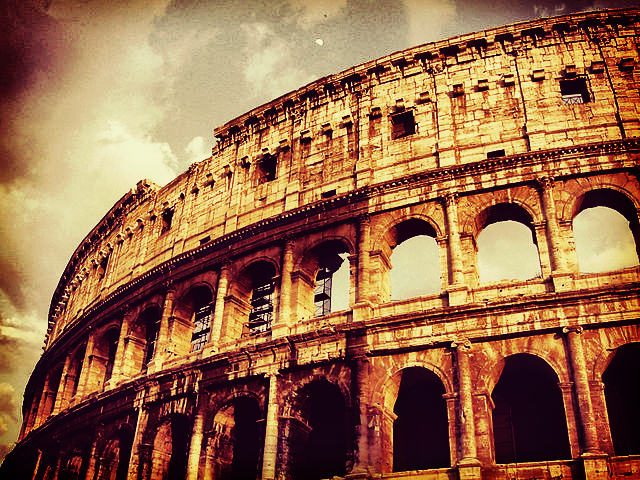
Plans to rebuild part of Rome’s Colosseum – perhaps Italy’s single most famous monument – seemed to get approval from Italy’s Minister for Culture and Tourism, Dario Franceschini on Sunday when he tweeted an image along with the message
“I like the idea of archaelogist Mancarda to give back to the Colosseum its arena, is one that I like a lot. All it needs is a bit of courage”
Now, before you get worked up, it’s important to point out that what’s being suggested is not to rebuild the Colosseum per se, but instead to bring back the arena’s floor – which was in place roughly a century ago, as displayed in other photos posted by Franceschini.
Currently when visitors enter the Colosseum, they see down into the labyrinthine subterranean structure – the hypogeum – which consisted of a series of tunnels connected up to stables and barracks for the animals and combatants who performed in the arena, plus various ingenious mechanics to help run the spactacles overground. Above the hypogeum was a wooden floor covered with sand, the arena (the latin harena means ‘strewn with sand’).
So the proposal is one to restore the wooden/sand floor, so that visitors to the Colosseum will see the space in a similar way to how it would have originally appeared. This would also have the advantage of allowing development of museum space in the hypogeum area, enabling visitors to enter more closely into the world of ancient Rome.
L'idea dell'archeologo Manacorda di restituire al Colosseo la sua arena mi piace molto. Basta un po' di coraggio.. pic.twitter.com/hSLBecqzqD
— Dario Franceschini (@dariofrance) November 2, 2014
The project has already received support from the Consiglio Superiore for arts and culture
An interesting development. One has to wonder if it has any implications or possibilities for Rimini, a town rich with Roman history (it was, of course founded by the Romans under the name Ariminum); for example, Rimini’s own colosseum, the Antifeatro Romano, was once almost as large as Rome’s Colosseum. Obviously it’s in a state of much greater ruin, but who knows whether an innovative approach could bring its history more to life?